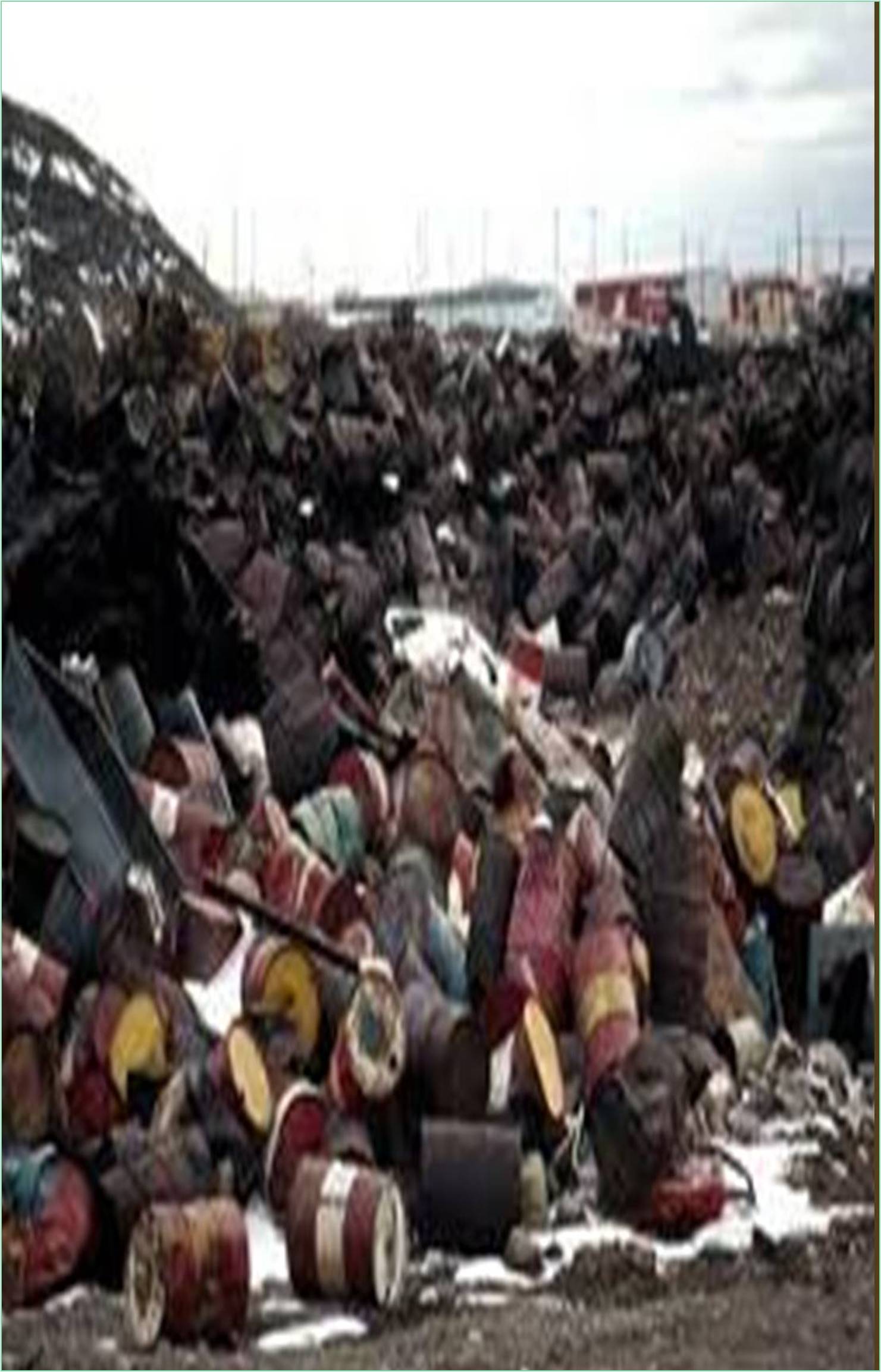



Received: 11-Jul-2022, Manuscript No. GJPHWM-22-72007; Editor assigned: 14-Jul-2022, Pre QC No. GJPHWM-22-72007(PQ); Reviewed: 04-Aug-2022, QC No. GJPHWM-22-72007; Revised: 10-Aug-2022, Manuscript No. GJPHWM-22-72007(R); Published: 17-Aug-2022, DOI: 10.15651/GJPHWM.22.5.021
The Contamination of hydrocarbon occurs due to toxic organic substances, petroleum, and pesticides which concern for the environment. Major sources which are responsible for organic contaminants are anthropogenic activities including the use of fuels, solvents, and pesticides.
Toxicity of hydrocarbons is directly related to their physical properties, which includes viscosity, volatility, surface tension, and chemical activity of the side chains. These are introduced to our environment in innumerable ways. The harmful organic substances that are discharged into water streams as effluents are responsible for hydrocarbon pollution into the wastewater. It is believed that 60% of air pollution is caused due to automobiles that run on these hydrocarbon-based fuels (Alengebawy, et al., 2021).
A wide range of pollutants in the receiving water bodies causes disruptions in hydrocarbon of natural equlibrium between living environment (Chrzanowski, et al., 2020). Involvement of fungicides and insectides which avoids the effects of wastewater in the environment and human health. The discharge of water bodies involved in the treatment of which reached to high proportion that reamains in soil.
The receiving of pesticides which present in water bodies polluted by waste released from chemical industries. The polyaromatic hydrocarbons plays a key role in the pollution of environment (Upasani, et al., 2019). As herbicide indicate more dangerous because they are present directl y on the soil to kill weed, and chornic toxicity. They also act as narcotic agents and effect the central nervous system. The toxicity analysis were carried out by earthworms. The soil which was contaminated by hydrocarbons contain high Tph concentration.
The Tph concentration in soil inhibits the seed germination. Presence of hydrocarbon which causes disease depends upon route and chemical exposures.
Remediation techniques for hydrocarbons
Several operations for petroleum exploration, is leaking of underground storage tanks, and its production and transportation that are responsible for environmental affect (Gnansounou, et al., 2017). The three main methods involved in the remediation sites that are contaminated due to hydrocarbon were:
1 Phytoremediation
2 Bioremediation
3 Chemical remediation
“Phytoremediation” process involves in usage plants for the degradation, extraction of contaminants from air, water, and soil. “Bioremediation” process is a costefficient method which is used for the treatment of soil polluted with oil and wastes in petroleum consisting of biodegradable hydrocarbons and indigenous microbes (Zhang, et al., 2019). “Chemical remediation” process requires only usage of chemicals. The contaminants can be treated by using of various chemicals. Dispersants, solidifiers, and chemical oxidants are the three categories in which they are grouped.
The toxicity of these compounds to microorganisms is very important in the microbial degradation of hydrocarbons. The efficiency for naturally occurring microorganisms in the field bioremediation could be significantly improved by optimizing certain factors such as bioavailability, adsorption and mass transfer. The unparalleled growth in populations with frequent oil spills, leakages in pipelines and rampant use of pesticides contribute to substantial increase in the pollution.
Alengebawy A, Abdelkhalek ST, Qureshi SR, Wang MQ. Heavy metals and pesticides toxicity in agricultural soil and plants: Ecological risks and human health implications. Toxics. 2021;9(3):42. [Cross Ref] [Google Scholar] [Pub Med]
Chrzanowski L, Heipieper HJ, Lawniczak L, Loibner AP, Wozniak-Karczewska M. Microbial degradation of hydrocarbons—basic principles for bioremediation: a review. Molecules. 2020;25(4):856. [Cross Ref] [Google Scholar] [Pub Med]
Upasani VN, Varjani S. Influence of abiotic factors, natural attenuation, bioaugmentation and nutrient supplementation on bioremediation of petroleum crude contaminated agricultural soil. J ENVIRON MANAGE. 2019;245:358-366. [Cross Ref] [Google Scholar] [Pub Med]
Gnansounou E, Pandey A, Varjani SJ. Comprehensive review on toxicity of persistent organic pollutants from petroleum refinery waste and their degradation by microorganisms. Chemosphere. 2017;188:280-291. [Cross Ref] [Google Scholar] [Pub Med]
Zhang B, Zhang L, Zhang X. Bioremediation of petroleum hydrocarbon-contaminated soil by petroleum-degrading bacteria immobilized on biochar. RSC advances. 2019;9(60):35304-11. [Cross Ref] [Google Scholar] [Pub Med]